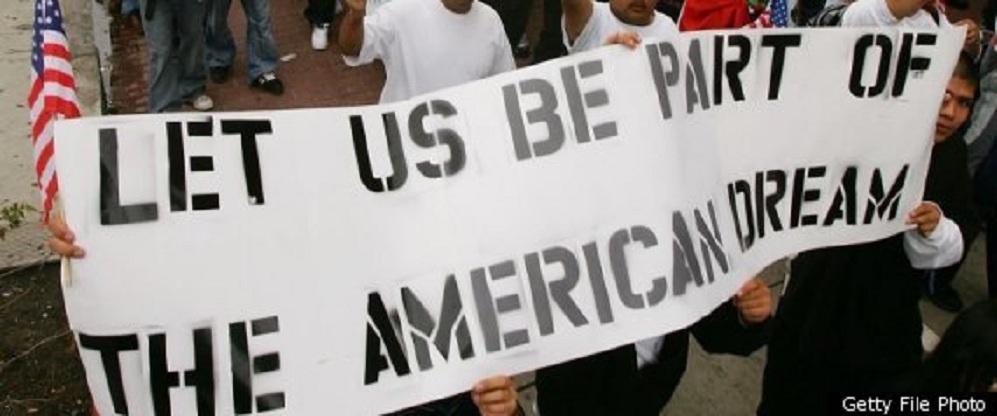
KOCHI (TIP): Incentive investors and give them a conducive environment and smoothen the approval processes and witness the surge of investment in the tourism sector, both from overseas and domestic investors. This was the message that tourism professionals conveyed to the Government at a pre-PBD Seminar on Tourism on the occasion of the 11th Pravasi Bharatiya Divas. Mr. A P Anilkumar, Minister of Tourism, Government of Kerala, said that there are immense investment opportunities in the tourism sector and the Indian Diaspora can venture into building of resorts and hotels, destination development, adventure activities, MICE facilities and human resource development. He mentioned that measures must be taken to strengthen the tourism sector in India and assured that he would play an instrumental role in developing the sector.
Mr. Amitabh Kant, CEO and MD, Delhi Mumbai Industrial Corridor Development Corporation, and former Tourism Secretary, Government of Kerala, said building brand India and putting India on the world tourism map would require focused attention on what he described as the 6Cs – civil aviation development, civic governance, capacity building, constant communication strategy, convergence with other sectors and community participation. Mr. Kant said that India needed to replicate the success of Indian-Americans who have collectively put up 21,000 hotels across America. “The Patels need to set up hotels in this country just as they have done so successfully in their host countries.” The multiplier effect of such investment in hotels in terms of creating jobs and other tourism-related infrastructure would be huge, he pointed out.
Mr. Alkesh Patel, President, Asian American Hotel Owners Association (AAHOA), USA, underlined the need to tap the expertise of the members of AAHOA in setting up franchisee hotels in India. While commending India’s overseas tourism campaigns, Mr. Patel pointed out that such campaigns are not backed up by commensurate infrastructure, and India is thus unable to provide an experience to tourists that could be converted into a return visit. Mr. K Sudhakaran, Member of Parliament, stated that India is becoming a preferred destination for healthcare tourism as it has top-notch medical facilities with only one-fifth cost compared to the West. But there are some challenges such as poor management, lack of sound marketing strategies, communication gap, bad roads, gap between availability of manpower and supply which are hindering the growth of medical tourism.
Mr. E M Najeeb, President, Confederation of Tourism Industry, Kerala and CMD, ATE Group, said, “Tourism promotion should be focused on the 30 million strong Indian Diaspora. A mere 5% materialization would change the dimension of Indian tourism. They are high spenders and respect the culture and environment of our country. So they are quality tourists.” He added, “The national carrier Air India should change the policy to focus and take care of the Indian travelers. That would make to the airline profitable. Special packages and programs should be tailor-made for the Indians abroad, particularly the second and third generation PIOs.”
Mr. Najeeb suggested that tourism promotional campaigns should be aimed at them and called for appointing Indians as tourism brand ambassadors of Indian Tourism. According to a theme paper brought out on the occasion, the emerging new dimensions of tourism include Golf Tourism, Education Tourism, Domestic Tourism, Luxury Trains,Wedding, Eco- Tourism and Tea Tourism. The average growth of global tourism industry is expected to be four per cent during the next 10 years, but the increase is not dispersed equally. Emerging markets, primarily India, contributes a lion’s share of the expansion with an increase of eight per cent. Smaller cities are expected to lead air-traffic growth in the country; the Government is planning to build nearly 200 low-cost airports in the next 20 years in Tier II and III cities.
This additional aviation infrastructure is likely to be developed through public-private partnership (PPP) model, paving the way for new business opportunities for infrastructure developers. The first phase of growth in the aviation sector was led by low-cost airlines, and the next phase would be driven by lowcost airports. The market size of the Indian medical tourism sector is likely to be more than double and reach USD 2.4 billion by 2015 from USD 1 billion at present. The inflow of medical tourists in India is also expected to cross 32 lakh by 2015 from the current number of 8.5 lakh. Medical travel, health and wellness tourism in India are projected as some of the most important avenues to improve tourism economy.
The healthtravel industry is increasingly grounded in tourism. Currently, Indian healthcare market is growing at a rate of more than 30 per cent every year. India’s share in the global medical tourism industry is expected to climb to around 2.4 per cent by the end of 2012. India’s competitive edge in Healthcare Tourism is globally recognized with only one-fifth cost as compared to the West, far less or no waiting lines, super specialty hospitals and renowned medical practitioners. The top-notch healthcare facilities like cardiology, joint replacement, orthopedic surgery, transplants and urology are some of the key factors which make India a preferred destination in terms of medical tourism. The states like Andhra Pradesh, Karnataka, Kerala, Tamil Nadu, Maharashtra and Delhi are fast emerging as India’s best medical centers with several hospitals and specialty clinics.
India is also offering other medical services such as yoga, meditation and ayurveda, which are increasingly becoming popular as alternate, nonsurgical treatments for various ailments. Large numbers of medical tourists visit India from the Middle East, USA, and Europe and also from neighboring countries like Bangladesh, Pakistan and Afghanistan to avail high quality and low cost medical facilities. India’s topmost cities will see an addition of around 50,000 new rooms in the next 5-6 years.
About 14,800 new hotel rooms are expected to add by the end of 2012, of which 2,000 rooms have already entered the market. The demand has been strong from both foreign as well as domestic tourists.With a total supply of 17,500 rooms in the next five years, the national capital region is expected to see the highest hotel room supply. Mumbai with 10,200 rooms and Bangalore with 9,400 rooms will significantly add to the existing inventory. The addition of new inventory will largely be in the potential growth areas around airports, commercial growth corridors, industrial corridors and special economic zones.





Be the first to comment